Cytokeratin, AE1+AE3 + CK8/18 cocktail
Description
Twenty human keratins are resolved with two-dimensional gel electrophoresis into acidic (pI <5.7) and basic (pI >6.0) subfamilies. The acidic keratins have molecular weights (MW) of 56.5, 55, 51, 50, 50′, 48,46, 45, and 40kDa. MAb AE3 recognizes the 65-67, 64, 59, 58, 56, and 52kDa keratins of basic subfamily. Many studies have shown the usefulness of keratins as markers in cancer research and tumor diagnosis. AE1/AE3 is a broad spectrum anti pan-keratin antibody cocktail, which differentiates epithelial tumors from non-epithelial
tumors e.g. squamous vs. adenocarcinoma of the lung, liver carcinoma, breast cancer, and esophageal cancer.
Cytokeratin 8 (CK8) belongs to the type II (or B or basic) subfamily of high molecular weight cytokeratins and exists in combination with cytokeratin 18 (CK18). This MAb recognizes all simple epithelia including glandular epithelium, for example thyroid, female breast, gastrointestinal tract, respiratory tract, and urogenital tract including transitional epithelium. All adenocarcinomas and most squamous carcinomas are positive but keratinizing squamous carcinomas are usually negative. This antibody is useful in demonstrating the presence of Paget cells; there is very little keratin 18 in the normal epidermis so only Paget cells are stained.
Additional information
| Catalog No. | Mob601, Mob601-01, Mob601-05, PDM601 |
|---|---|
| Clone | AE1+AE3+ 5D3 |
| Isotype | IgG1, kappa |
| Immunogen | Human epidermal keratin +Cytoskeleton preparation from human breast cancer MCF-7 cells. |
| Species | Mouse |
| Cellular Localization | Cytoplasmic |
| Positive Control Tissue | Squamous Lung Carcinoma |
| Pretreatment | EDTA Buffer, pH8.0 |
| Incubation & Temperature | 30 min @ RT |
| Intended Use | IVD |
| Detection System | PolyVue™ Plus – Two Step Detection System or Montage PolyVue Plus™ Auto Detection System for Montage 360 System |
| Description/Type | Mouse Monoclonal Antibody |
| Format | This product is supplied as a purified immunoglobulin and contains sodium azide as a preservative. |
DATASHEETS & SDS
DATASHEETS & SDS
| Download Datasheet |
| Download SDS Sheet – OSHA |
REFERENCES
REFERENCES
i) Bartek et al. J. Pathology,164:215-24 (1991).
ii) Bartkova et al. Neoplasma 38(4), 439-46 (1991)
iii) Moinfar F et. al. Am J Surg Pathol 1999;23(9):1048-58
iv) Varma M et. al. Mod Pathol 1999;12(5):472-8
Reviews (0)
Only logged in customers who have purchased this product may leave a review.



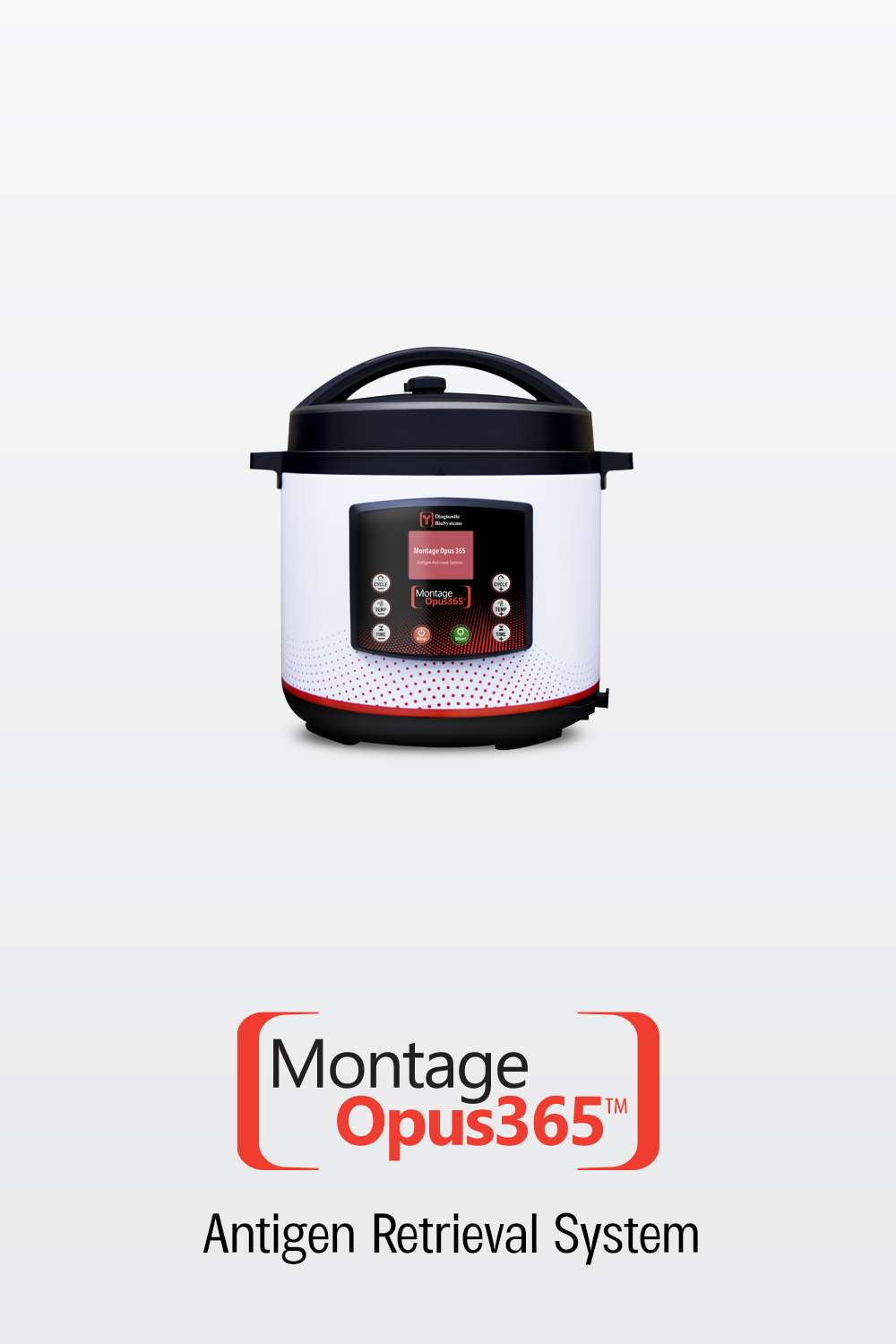

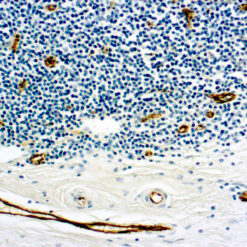


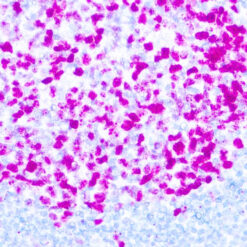
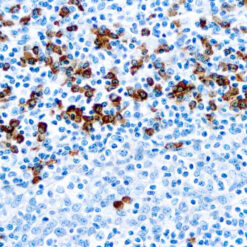

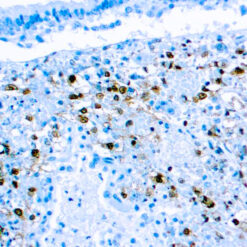
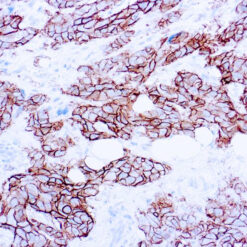
Reviews
There are no reviews yet.